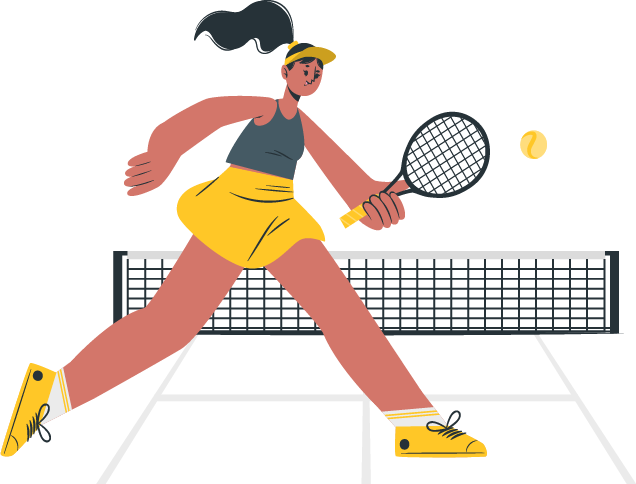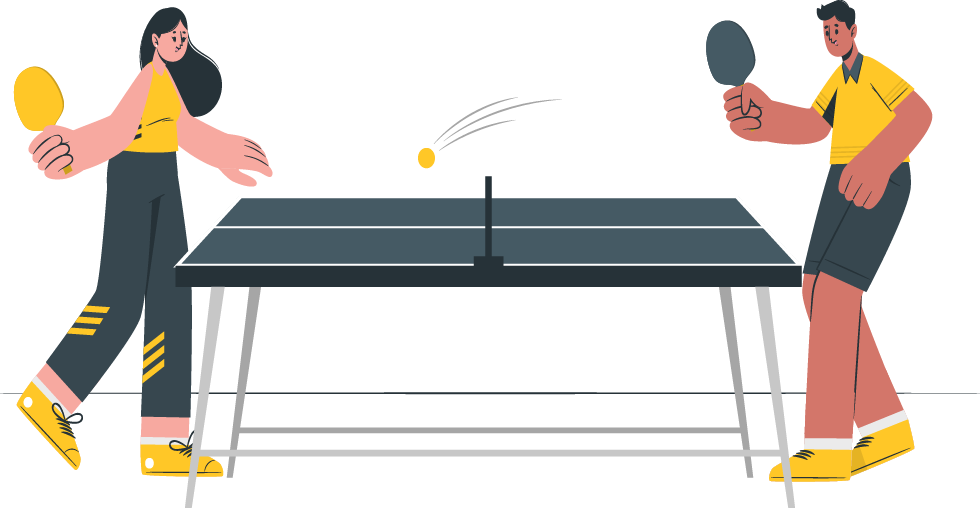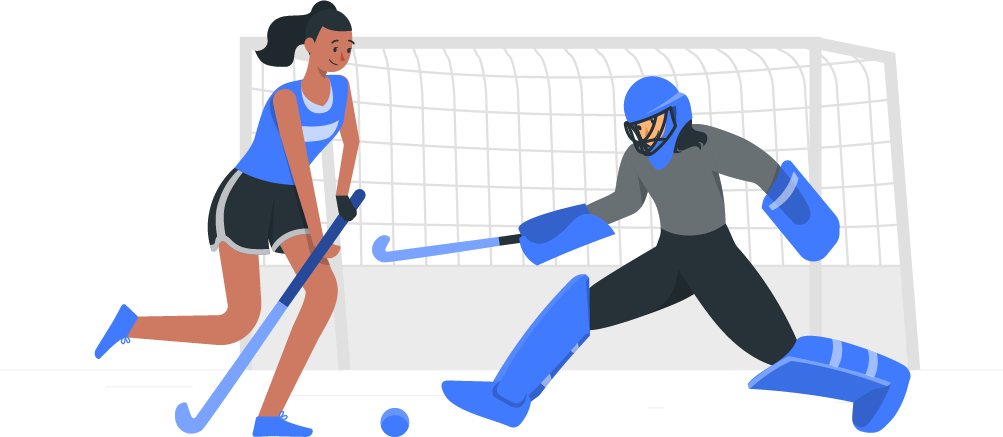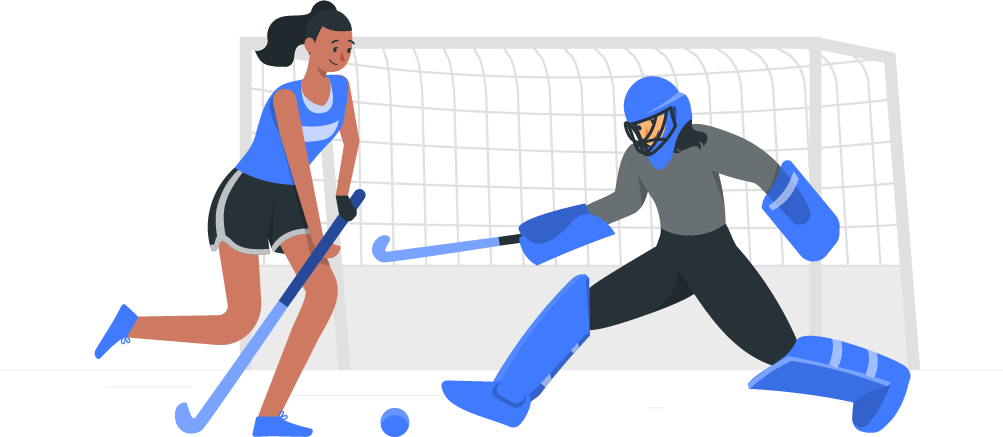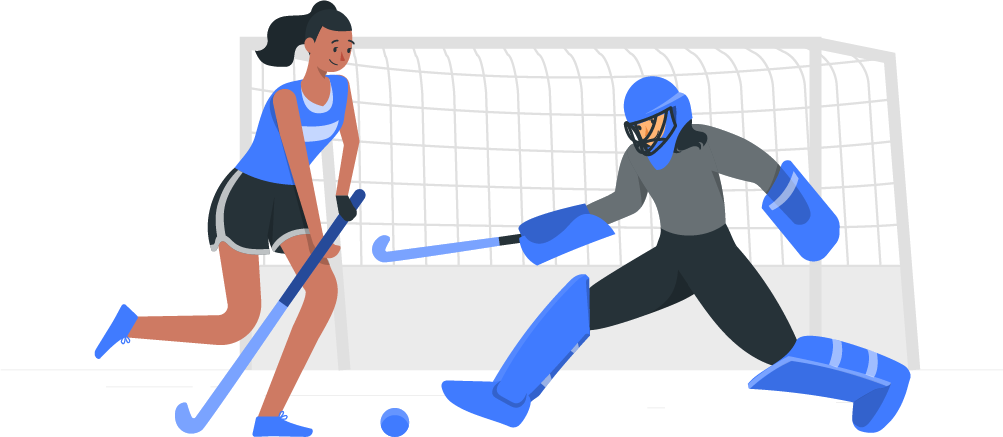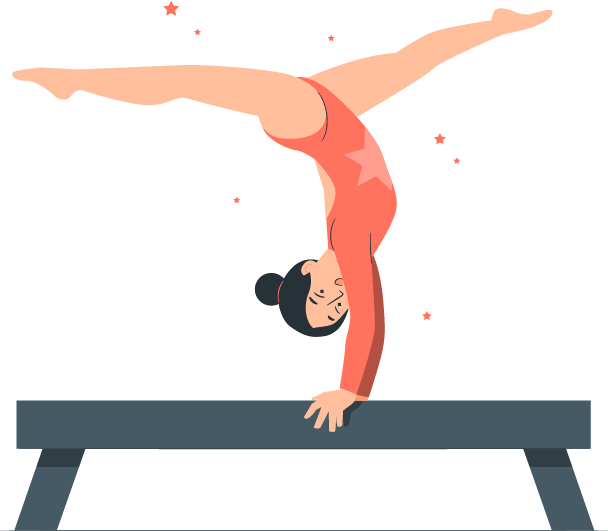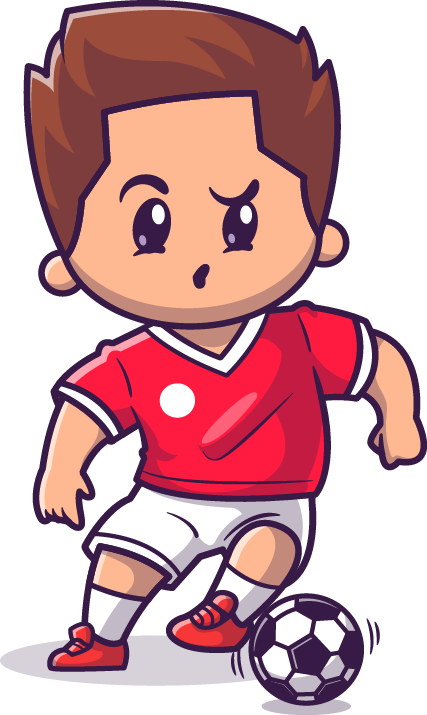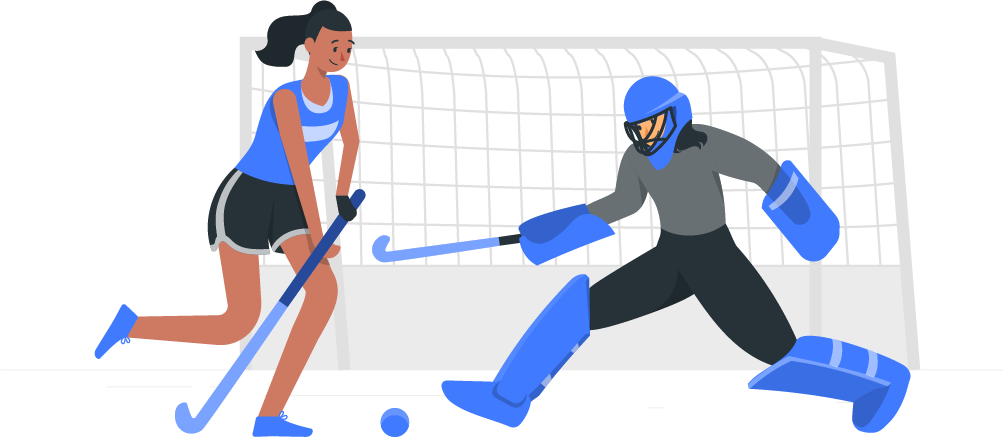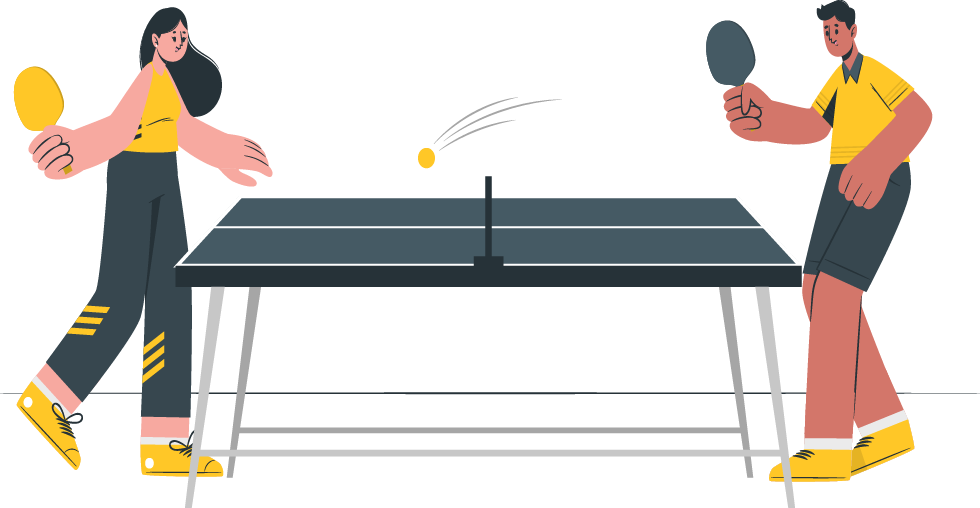Hello! In this unit, we are going to learn how to talk about sports, and how to express likes, dislikes and preferences.
1- Vocabulary: Sports
1.1- Learning sports
Look at the pictures below that illustrate different sports.
1. This sport is called table tennis.
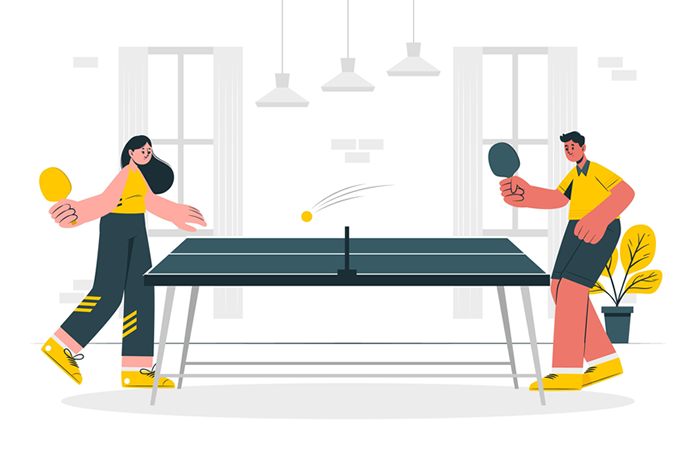
Example: There are two people playing table tennis.
2. This sport is called tennis.

Example: This girl likes playing tennis.
3. This sport is football.
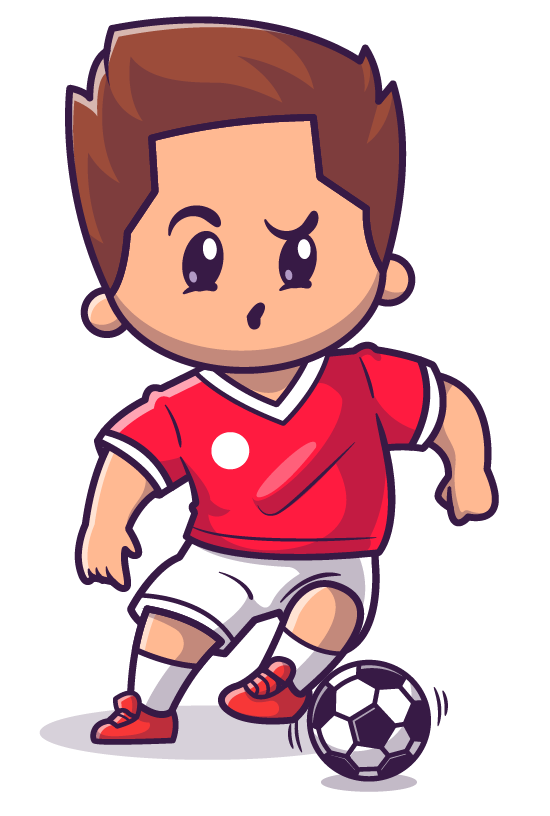
Example: This boy likes playing football.
4. This is basketball.

Example: You need a ball to play basketball.
5. This is volleyball.
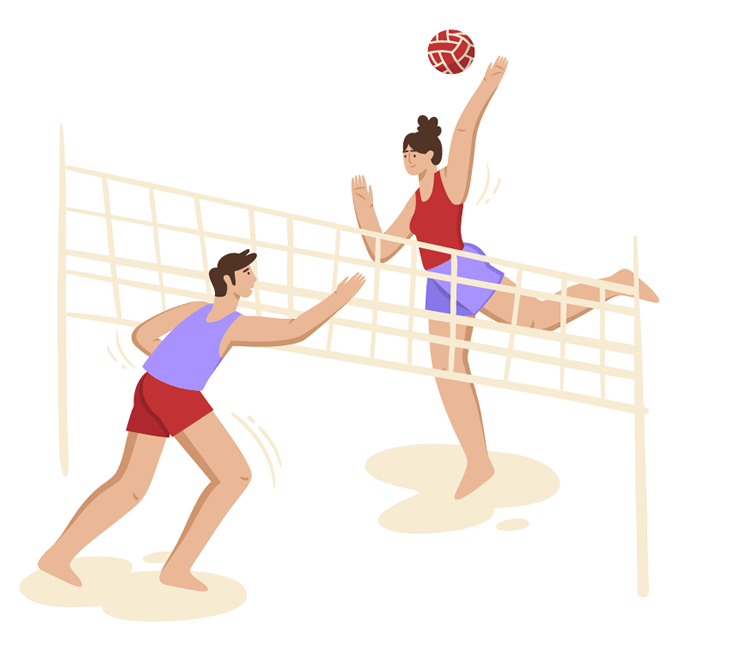
6. This sport is called hockey.
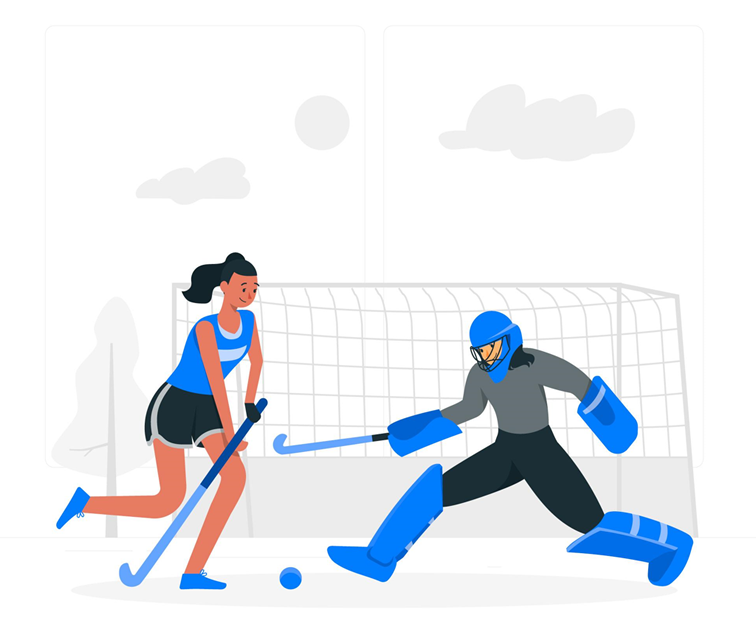
Example: We can see two people playing hockey.
7. This is a swimming.

Example: You can go swimming in a swimming pool.
8. This is a running.

Example: In this picture there are three people running a marathon.
9. This is skateboarding.

Example: This boy is good at skateboarding.
10. This is gymnastics.
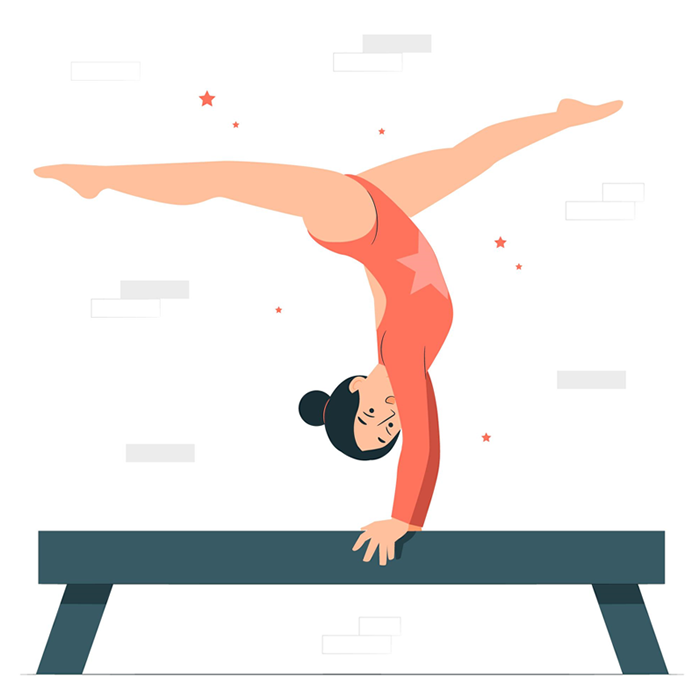
Example: This girl can do gymnastics.
11. This is rollerskate.

Example: This boy can rollerskate.
1.2- Grammar snack on verb collocations
Let´s see which verbs we need to talk about different sports.
We need to use the verbs go, play or do depending on the sport we talk about.
We use:
- Play for sports that need a ball or a team.
- Do for individual sports.
- Go for the activities that end in –ing.
Examples:
- I play tennis (I need a ball to play tennis).
- I do yoga (I do it on my own, not in a team).
- I go swimming (Swimming ends with –ing).
| Play Sports that need a ball or a team |
Go Activities that end in –ing. |
Do Individual sports |
| Football Tennis Volleyball |
Swimming Skateboarding Roller-skating |
Yoga Karate Taekwondo |
1.3- Over to you!
A. Work on the following game to match the names of the sports with the correct pictures.
B. Which verb should I use with each sport? Play this game to practice. You have to choose the correct verb.
2- Expressing likes – dislikes and preferences
2.1- Expressing likes and dislikes
Let´s see how to express your feelings when you like somethings.
We use:
- Like when we enjoy something, for example: I like pizza.
- Dislike or don´t like when we do not enjoy something, for example food or an activity.
- Love when you like something very much.
- Hate when you dislike something very much.
Look at the char below.
| Like | Love | Don’t like / dislike | Hate |
 |
 |
 |
 |
Examples:
- I like pizza but I dislike olives.
- I hate football. I never play it or watch it on TV.
- I love ice creams. I always have an ice cream at the weekend.
2.2- Expressing preferences
When you want to express preferences, you need the verb “prefer”.
Example: I like both chocolate and vanilla ice cream but I prefer chocolate.
That means I like chocolate better than vanilla.
2.3- Asking about likes, dislikes and preferences
To ask about likes, dislikes and preferences we use the Simple Present Tense. Remember we need:
- The Auxiliary “Do” or “Does” to make questions.
- The Auxiliary “don´t” or “doesn’t” to make negative sentences.
- To add “s” or “es” to verb in the third person singular when the sentence is affirmative.
Look at the chart below.
|
Expressing likes and dislikes |
Expressing preference |
|
| Affirmative | I like tennis. She likes volleyball. |
I prefer tennis to volleyball. |
| Interrogative | Do you like football? Does he like skateboarding? |
Do you prefer football or tennis? |
| Negative | We don´t like gymnastics. She doesn´t like basketball. |
——————————— |
2.4- Let’s have some practice about likes and dislikes
Look at the chart below and write positive and negative sentences about what these children like.
| Name |  |
 |
 |
 |
| Peter |  |
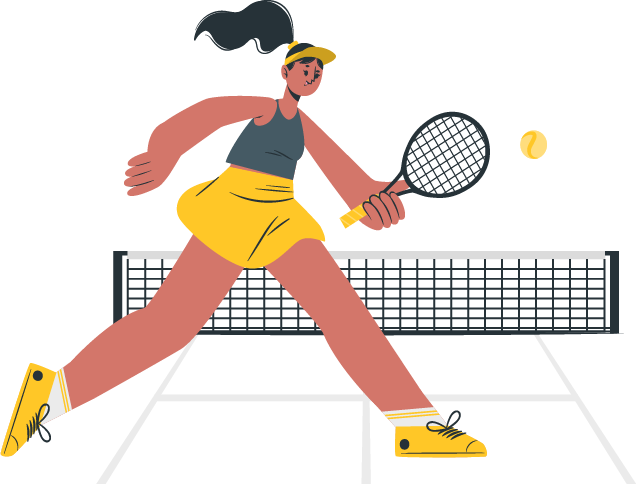 |
 |
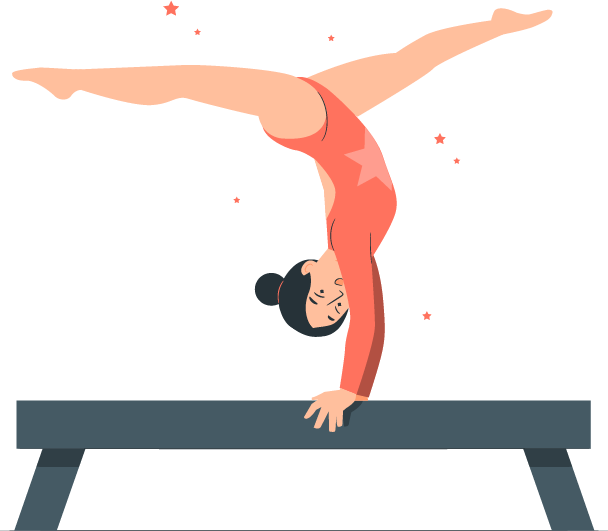 |
| Lisa |
|
|
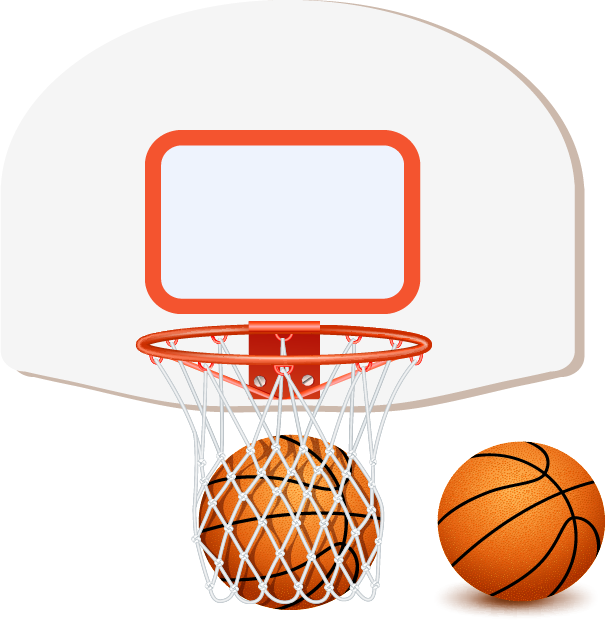 |
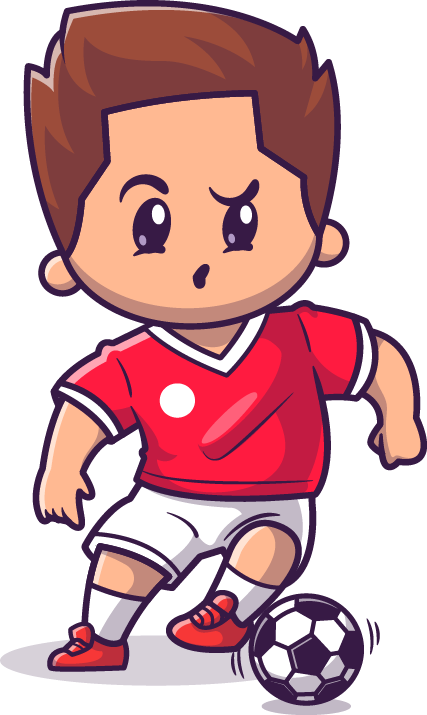 |
| Ben | 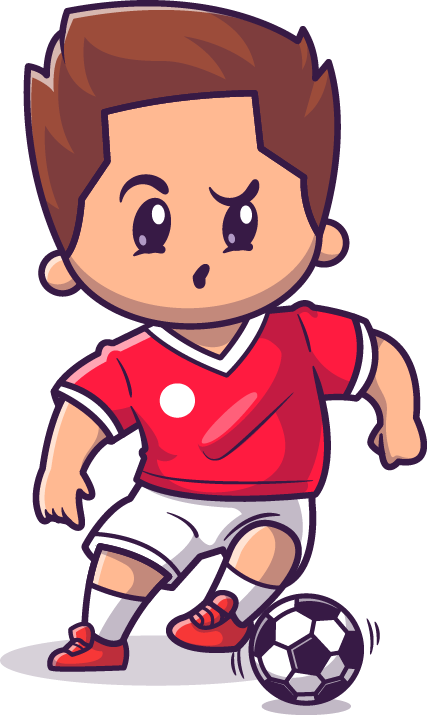 |
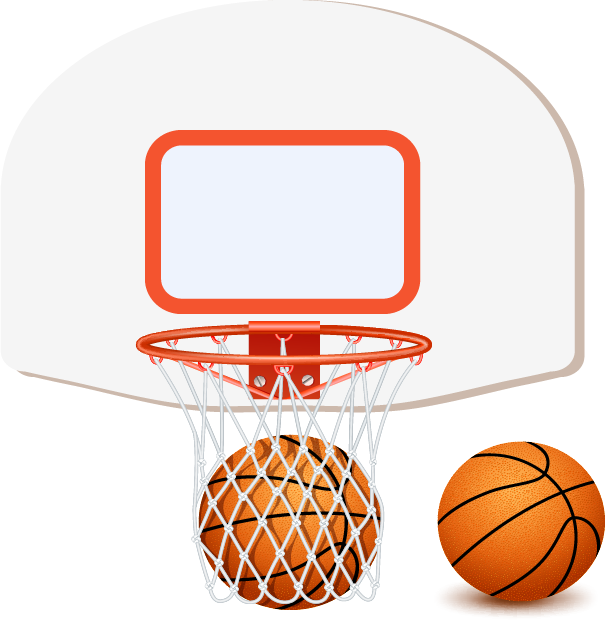 |
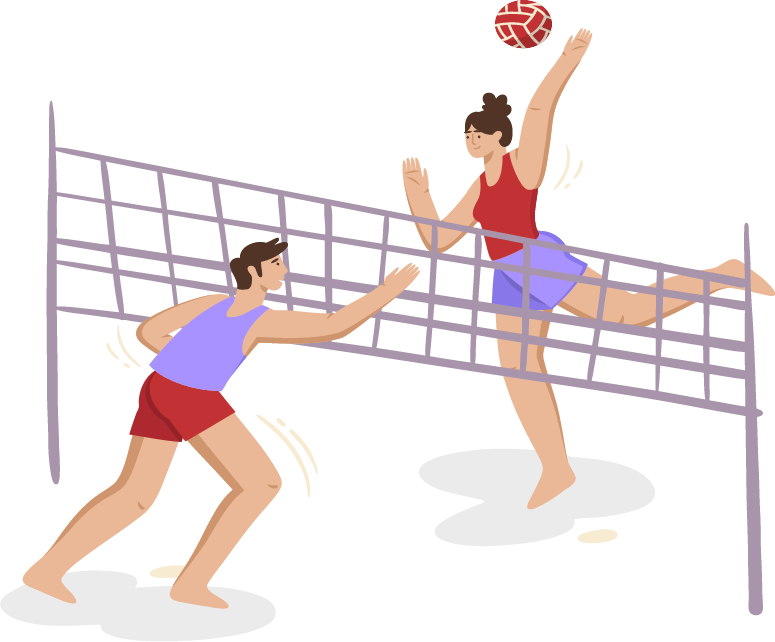 |
|
| Matt | 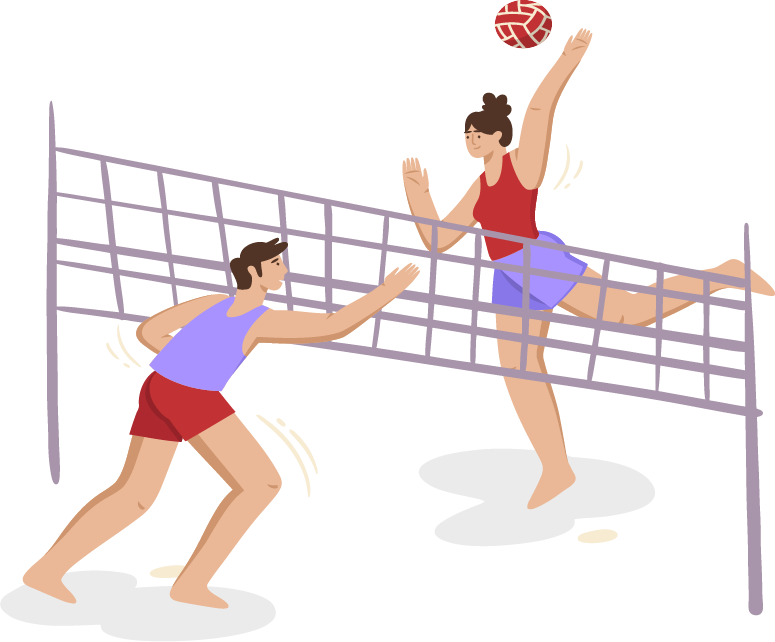 |
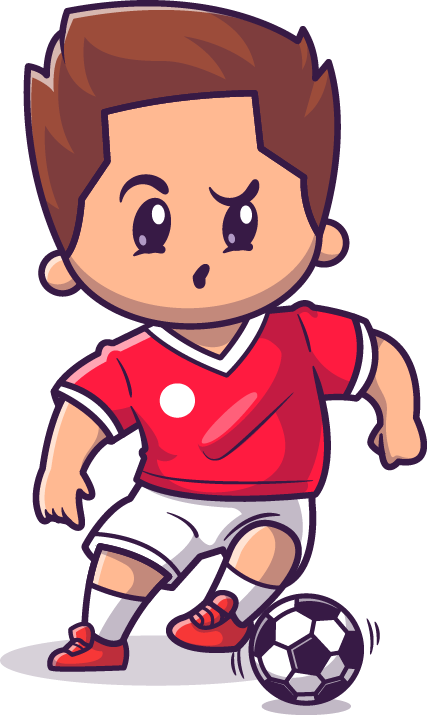 |
 |
|
| Sarah |
|
 |
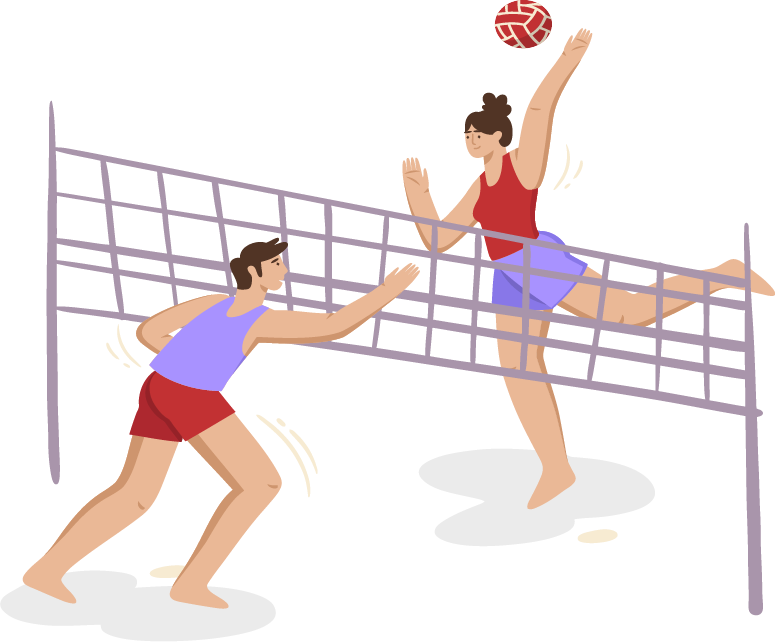 |
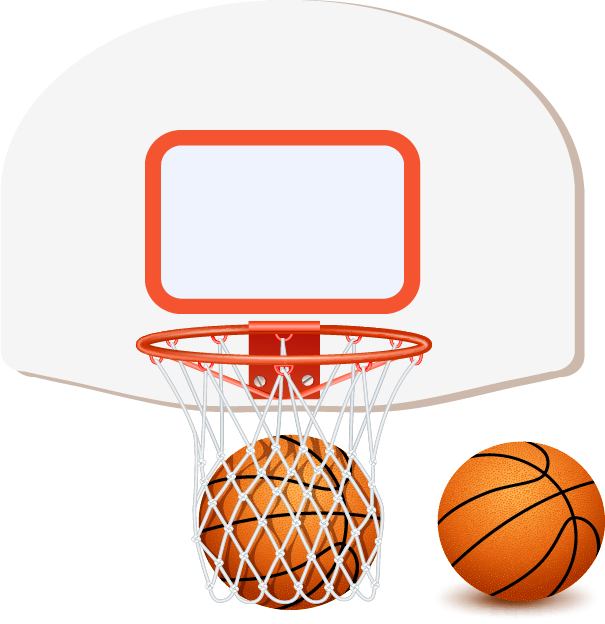 |
| Tom and Paul |
|
|
|
|
Example:
Peter loves rollerblading, he likes tennis but he doesn´t like skateboarding and he hates gymnastics.
2.5- Now, how about doing some practice on expressing preferences?
Remember
- We use “prefer” to express which of all the activities we like better.
- We conjugate prefer like any other verb in the Simple Present Tense We add “s” or “es” for the 3rd person singular (he-she-it).
- When the sentence is affirmative, we use the preposition “to.” to join the two options.
- To make questions we use the auxiliary “Do” or “Does” for the 3rd person singular (he-she-it) and we use the connector “or” to join the two options.
Examples:
He likes volleyball and he loves tennis. He prefers tennis to volleyball. (Affirmative)
I like basketball and I love swimming. I prefer swimming to basketball. (Affirmative)
Do you prefer football or table tennis? (Question)
Does he prefer skateboarding or roller-skating? (Question)
2.6- How about doing some practice?
Look at the pictures below and write some sentences using “prefer”. Remember you need to conjugate the verb depending on the subject, the person who does the action.
For example, we say “I prefer …” but we say “He prefers …”
| Name |  |
 |
| Susan |
|
|
| Mary |
|
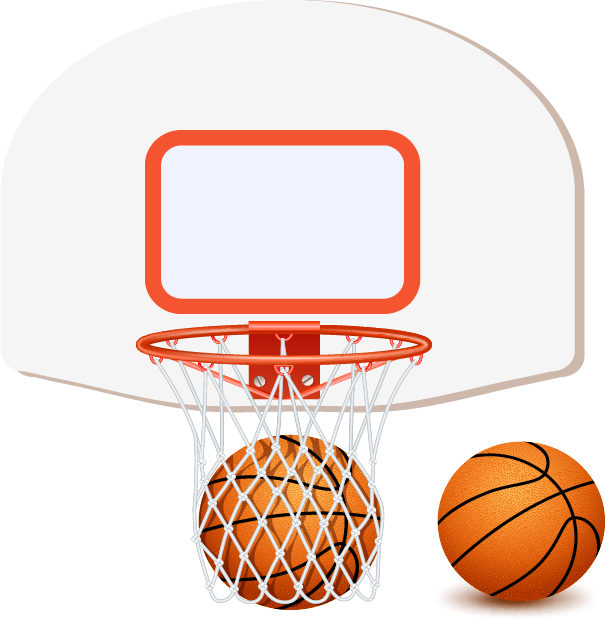 |
| Paul and Matt | 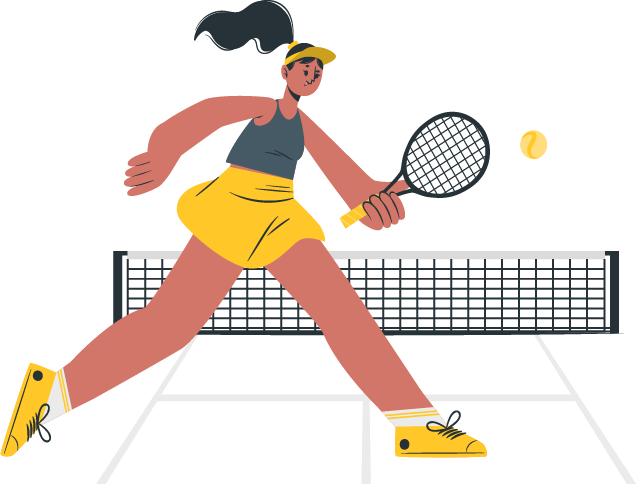 |
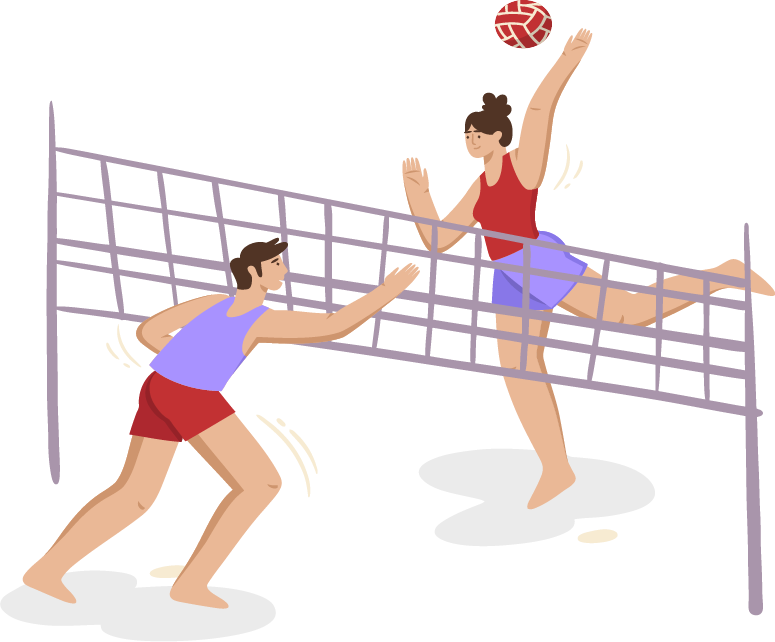 |
| Jenny | 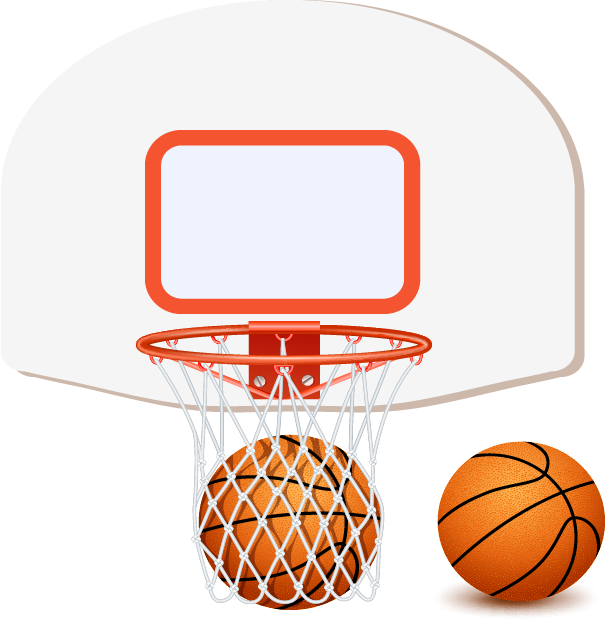 |
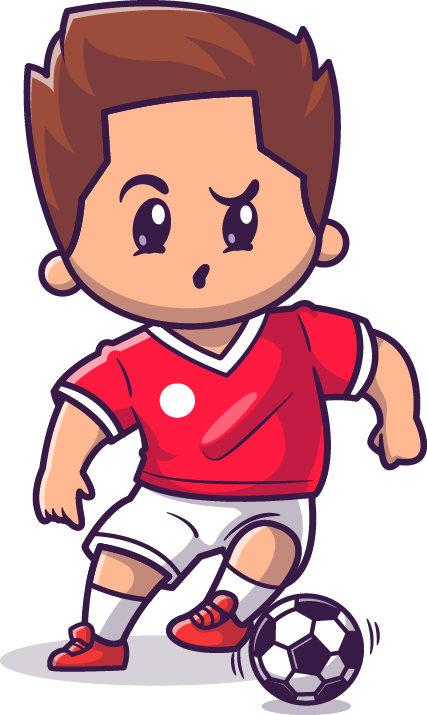 |
| Kevin |
|
 |
| Andrew and Lisa |  |
|
Example: Susan prefers football to swimming
Now, let´s begin with some help:
1) Mary prefers ____________________ to __________________.
2) Paul and Matt prefer ____________________ to __________________.
Can you try to complete the other sentences on your own?
3) Jenny _____________________________________________________.
4) Kevin _____________________________________________________.
5) Andrew and Lisa ____________________________________________.
Todo el contenido y material en este sitio es propiedad de Wited y está protegido por derechos de autor.
La reproducción, distribución o uso sin permiso está prohibida y es ilegal. Se permite la referencia sin uso comercial solo con atribución adecuada y enlace a la fuente original.
Fecha de publicación: 06/03/2024
Última edición: 06/03/2024
